Plants add color, shape and life to a room and for that alone we love them. But they are also surprisingly versatile and — like artwork, furniture, and other decor — are a powerful tool in your design arsenal. Use them as a major feature of the room, a last minute styling detail, and so much more.
A house doesn’t really seem like a home until there are plants in it, right? But finding plants that will stay alive can be difficult. Here are 8 of the most popular and favorite house plants to invest in that will add a nice pop of color and texture to your home and can withstand a little neglect.
Why search around town for those hard to find plants.....for your convenience the plants listed here ship right to your doorstep!
This post contains affiliate links for your convenience. Learn more and read our full disclosure policy here.
1.
Fiddleleaf Fig Tree
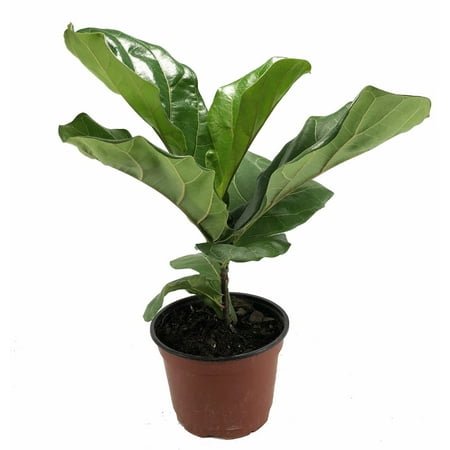
Ficus lyrata, commonly known as the fiddle-leaf fig, is a species of fig tree, native to western Africa, from Cameroon west to Sierra Leone. It grows in lowland tropical rainforest. As a house plant the Fiddleleaf Fig is very easy to grow. Provide morning sun or very bright indirect light and keep evenly moist, not wet or dry. Trim as needed. Cultivation and uses It is a popular ornamental tree in subtropical and tropical gardens, and is also grown as a houseplant, where it usually stays shorter when put into pots than when grown outdoors. Their main horticultural feature are their large leaves. Like other fig species, it can grow to a large tree if planted in the ground. Like all figs, it is frost tender.
2.
Split Leaf Philodendron Monstera
Split Leaf Philodendron Monstera
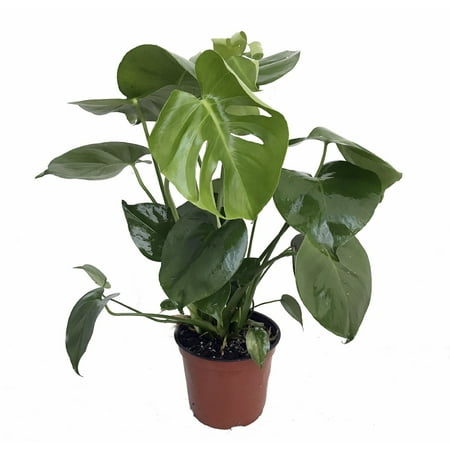
The Split-Leaf Philodendron is an old-fashioned, easy to grow house plant. Just proved bright, indirect light and water thoroughly when on the dry side. Prune as needed. This is an impossible to kill house plant. The large split leaves develop with age.
You can get the Split Leaf Philodendron here.
3.
The nearly IMPOSSIBLE to kill
The nearly IMPOSSIBLE to kill
Snake Plant - Mother-In-Law's Tounge - Sansevieria
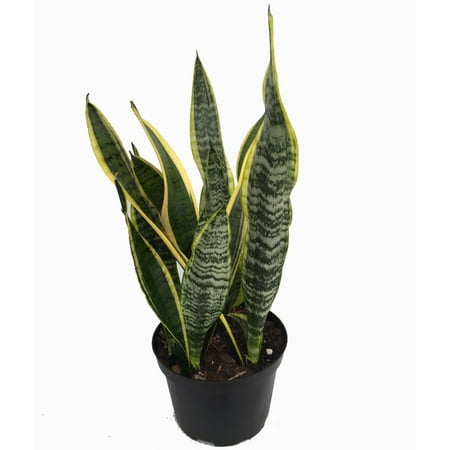
Get this Snake Plant here.
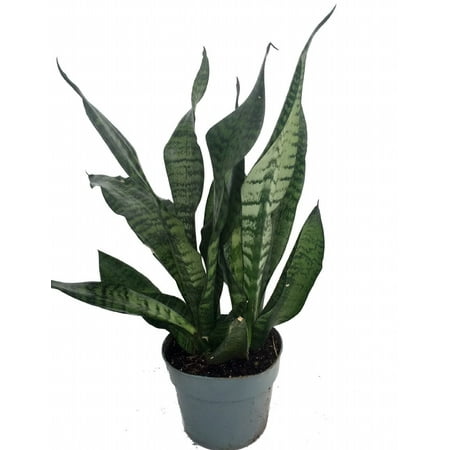
Get this snake plant here
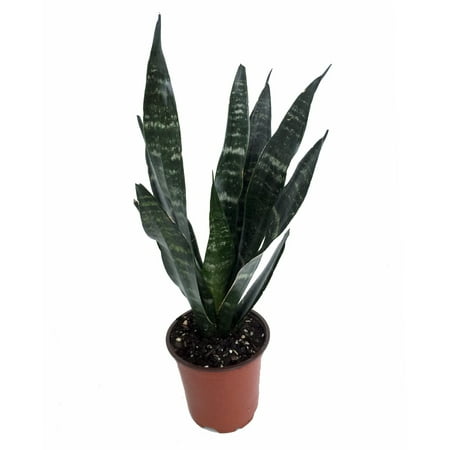
Get this Robusta Black Snake Plant

Get the Moonshine Snake Plant here
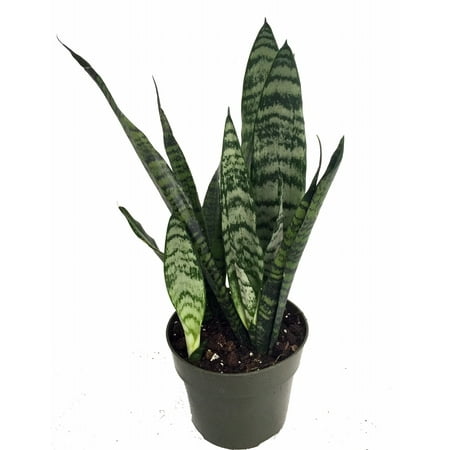
Get the Zeylanica Snake Plant here
Sansevierias or as they are commonly called Snake Plants or Mother-in-law's Tongue have a rich history of folklore and new science. These plants have a rich history of cultivation. In China, it was kept as a treasured houseplant because the Eight Gods bestowed their eight virtues on those who grew them. These virtues include long life, prosperity, intelligence, beauty, art, poetry, health and strength. The plants were kept near the entrances inside the home so that the eight virtues could pass through in a manner pre-Feng Shui. These plants also were placed in fine restaurants, herbalists, acupuncturists, doctor's offices, accountant's offices, banks, shrines, monastaries, and even in rice paddies. Sansevierias were grown and cherished well before the Chinese ti plant (Dracaena spp.) also known as the Good Luck Bamboo! The sansevieria is also referred to as a dragon for its many unique qualities. As with many Asian martial arts techniques, the strength comes from within. The sansevieria has been known to split large earthen pots upon reaching larger sizes. The Chinese have usually kept this plant potted in a pot within a ceramic pot often ornated with dragons and phoenixes. The attraction of this plant towards dragons is said to be magnetic. An interesting research program has been done by NASA using a few selected plants (one is Sansevieria) for air purification and to curb "Sick Building Syndrome." Growing the Snake Plant is easy. It will thrive in very bright light to almost dark corners of the house. Just water when the soil is dry.
4.
String of Pearls
String of Pearls
String of Pearls (Senecio rowleyanus). The String of Pearls is a member of the senecio family, which also includes 'Dusty Miller', 'German Ivy' and 'Cineraria', to name a few. Although the senecios vary widely, they have similar requirements and many of their delicate, succulent tapestries fill the same horticutual niche. String of Pearls, is a popular and low-maintenance plant to grow in a sunny window. It is a slow-growing variety, but your patience will be rewarded. Light: Window. Water: Water when surface is dry. They are forgiving if you forget. Fertilizer: Use either a balanced or low-nitrogen formula at low levels, but frequently---March through October. Soil: Should be loose and porous like a cactus soil. Easy to grow!
5.
Bonnie Curly Spider Plant
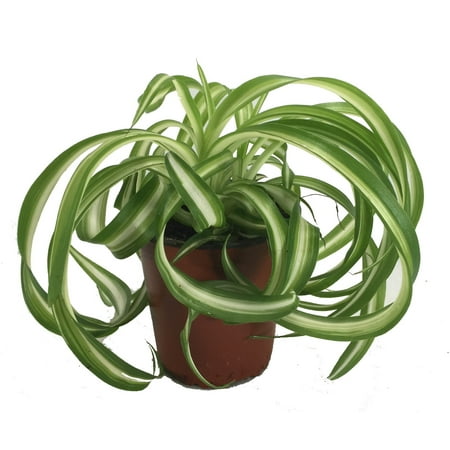 Get the Curly Spider Plant 4" Pot here
Get the Curly Spider Plant 4" Pot here
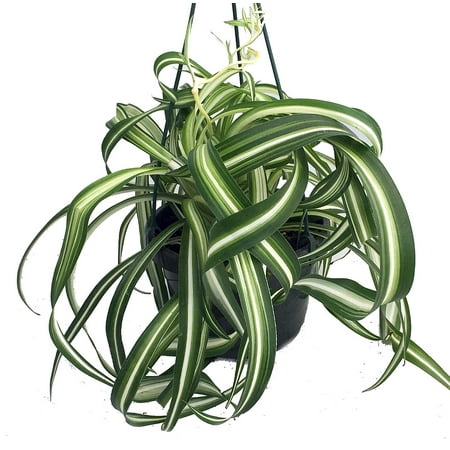
Get the Curly Spider Plant 6" Pot here
The Curly Spider Plant has the traditional green with white stripe variegation of the Vittatum but with uniquely attractive leaves that curl and swirl. It is characterized by its rounded and compact plant habit. Flowering stalks are yellow and plantlets are as curly or curlier than the parent. A slightly neglected or stressed plant will produce a curlier result than a well-nourished plant that will have straighter leaves.Spider Plants make excellent house plants or indoor plants as they are not only such easy-growing plants but have beneficial properties in cleansing the air of pollutants, especially formaldehyde and carbon monoxide. As it tolerates artificial lighting very well and has air purifying abilities, its most ideal in office environment where electronic pollutants are emitted.Requires bright light or filtered sunlight for best growth and vibrant leaf colors. Never locate Spider Plants in full sun that will scorch their foliage. Remove yellow or dried leaves to keep it tidy. Fertilize sparingly as excess nutrients can retard its ability to produce more plantlets.
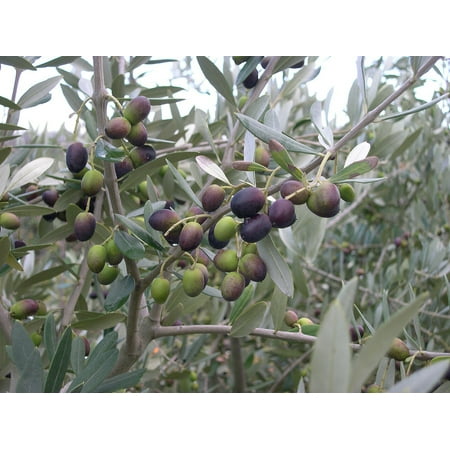
Get the Chemlali Olive Tree here
Hardy in zones 8-11. In cooler regions grow as a Patio Plant or House Plant! Makes a very unusual bonsai! The olive is native to the Mediterranean region, tropical and central Asia and various parts of Africa. The olive has a history almost as long as that of Western civilization, it's development being one of civilized man's first accomplishments. Chemlali is the most common cultivar in the central and southern regions of Tunisia. It is resistant to drought and very cold hardy. Chemlali is self fertile and begins to bear early. It is a constant intermediate producer. The oil has a mild, fruity flavor that stands alone or blends well with other varieties. Although it is self pollinating, mixing varieties will help increase yields. Olive trees are evergreen and slow growers. They will reach 25’–30’ in maturity. They thrive in hot summers but will tolerate coastal regions too.
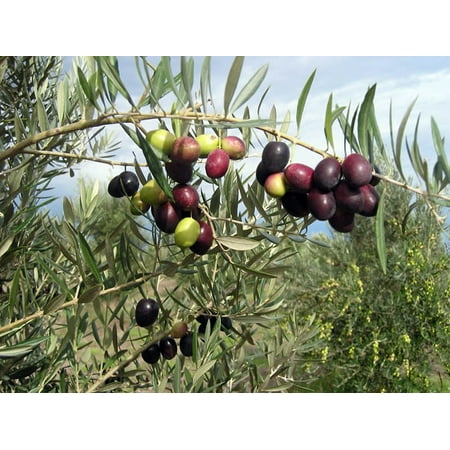
Get the Picual Olive Tree here
Hardy in zones 8-11. In cooler regions grow as a Patio Plant or House Plant! Makes a very unusual bonsai! The olive is native to the Mediterranean region, tropical and central Asia and various parts of Africa. The olive has a history almost as long as that of Western civilization, it's development being one of civilized man's first accomplishments. Spain’s No 1 oil variety. Oil content and yield is high. Early to bear and highly productive. Hardy and adaptable. Self fertile.Although it is self pollinating, mixing varieties will help increase yields. Olive trees are evergreen and slow growers. They will reach 25’–30’ in maturity. They thrive in hot summers but will tolerate coastal regions too.
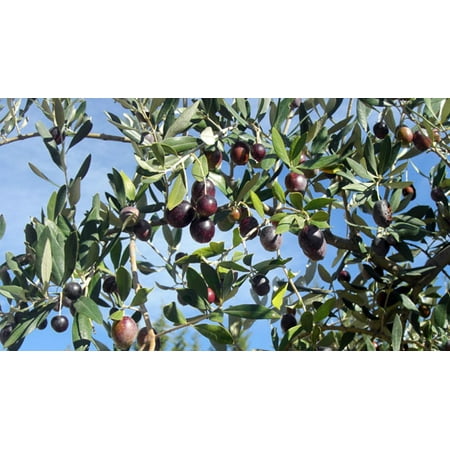 Get the Cailletier Taggiasca Olive Tree here
Get the Cailletier Taggiasca Olive Tree here
Hardy in zones 8-11. In cooler regions grow as a Patio Plant or House Plant! The olive is native to the Mediterranean region, tropical and central Asia and various parts of Africa. The olive has a history almost as long as that of Western civilization, it's development being one of civilized man's first accomplishments. The Cailletier, also known in English by the Italian name Taggiasca, is a cultivar of olives grown primarily in the Alpes-Maritimes region near Nice and the Riviera di Ponente, Italy. It is best known under the name Niçoise, which signifies its curing method, in which form it is an important ingredient in the salade niçoise. It can also be used for the production of oil.
7.
Angel Vine - Muehlenbeckia
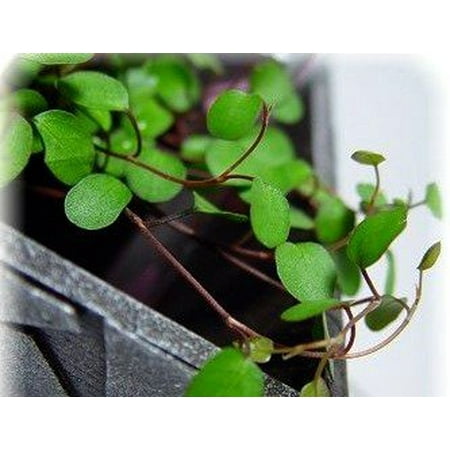

Get Angel Vine here
The rare Angel Vine is native to South America, Papua New Guinea, Australia and New Zealand. It is hardy in zones 8 - 10. Elsewhere it should be grown as a patio or house plant. This strange plant prefers full sun or partial shade. Keep evenly moist, not wet or dry. It grows about 6" tall and can easily vine 24". It is fantastic as a hanging plant or topiary. Proper name: Muehlenbeckia

8.
Pencil Cactus - Euphorbia
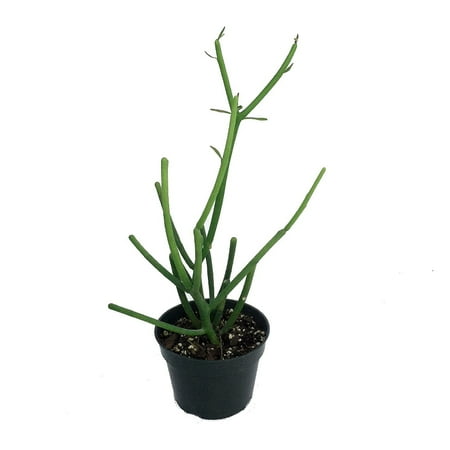
Get the Pencil Cactus here
Easy to grow and Hard to Kill! Cactus, the common name for a family of desert plants. The plural is cacti or cactuses. Most species bear sharp, needlelike spines, which protect the plants from foraging desert animals. Cacti are famed for their ability to resist drought, which they owe to the fact that moisture from inside the plant evaporates very slowly through the plant's skin.Cacti grow in hundreds of different shapes. The fibrous, juicy stems may be globular, cylindrical, branched, trailing and vinelike, ribbed, grooved, or knob-bearing. Only two species have true leaves. The rest of the 2,000 species are leafless.Common name: "Pencil Cactus" or "Milk Bush". Latin name: Euphorbia tirucalli Native to: Tropical South and East Africa. Growth habit: A woody, columnar upright bush. This plant can grow as tall as it's interior environment allows. Temps: Normal indoor temperatures. Cultural information: "Pencil Cactus" are a bizarre looking plant who's sap is poisonous. "Pencil Cactus" are quite easy to grow if placed in direct sunshine or very bright indirect light. Water sparingly maybe twice a month... allowing most of the soil mass to dry out. Feed monthly, spring through fall. When your plant becomes to tall, cut it back to the desired height. Wear gloves and a long sleeve shirt when pruning "Pencil Cactus". The sap may cause skin irritation. Be careful not to get the sap in your eyes.
Bonnie Curly Spider Plant


Get the Curly Spider Plant 6" Pot here
The Curly Spider Plant has the traditional green with white stripe variegation of the Vittatum but with uniquely attractive leaves that curl and swirl. It is characterized by its rounded and compact plant habit. Flowering stalks are yellow and plantlets are as curly or curlier than the parent. A slightly neglected or stressed plant will produce a curlier result than a well-nourished plant that will have straighter leaves.Spider Plants make excellent house plants or indoor plants as they are not only such easy-growing plants but have beneficial properties in cleansing the air of pollutants, especially formaldehyde and carbon monoxide. As it tolerates artificial lighting very well and has air purifying abilities, its most ideal in office environment where electronic pollutants are emitted.Requires bright light or filtered sunlight for best growth and vibrant leaf colors. Never locate Spider Plants in full sun that will scorch their foliage. Remove yellow or dried leaves to keep it tidy. Fertilize sparingly as excess nutrients can retard its ability to produce more plantlets.
6.
Olive Tree - Tree of Peace
OLEA EUROPAEA

Get the Chemlali Olive Tree here
Hardy in zones 8-11. In cooler regions grow as a Patio Plant or House Plant! Makes a very unusual bonsai! The olive is native to the Mediterranean region, tropical and central Asia and various parts of Africa. The olive has a history almost as long as that of Western civilization, it's development being one of civilized man's first accomplishments. Chemlali is the most common cultivar in the central and southern regions of Tunisia. It is resistant to drought and very cold hardy. Chemlali is self fertile and begins to bear early. It is a constant intermediate producer. The oil has a mild, fruity flavor that stands alone or blends well with other varieties. Although it is self pollinating, mixing varieties will help increase yields. Olive trees are evergreen and slow growers. They will reach 25’–30’ in maturity. They thrive in hot summers but will tolerate coastal regions too.

Get the Picual Olive Tree here
Hardy in zones 8-11. In cooler regions grow as a Patio Plant or House Plant! Makes a very unusual bonsai! The olive is native to the Mediterranean region, tropical and central Asia and various parts of Africa. The olive has a history almost as long as that of Western civilization, it's development being one of civilized man's first accomplishments. Spain’s No 1 oil variety. Oil content and yield is high. Early to bear and highly productive. Hardy and adaptable. Self fertile.Although it is self pollinating, mixing varieties will help increase yields. Olive trees are evergreen and slow growers. They will reach 25’–30’ in maturity. They thrive in hot summers but will tolerate coastal regions too.

Hardy in zones 8-11. In cooler regions grow as a Patio Plant or House Plant! The olive is native to the Mediterranean region, tropical and central Asia and various parts of Africa. The olive has a history almost as long as that of Western civilization, it's development being one of civilized man's first accomplishments. The Cailletier, also known in English by the Italian name Taggiasca, is a cultivar of olives grown primarily in the Alpes-Maritimes region near Nice and the Riviera di Ponente, Italy. It is best known under the name Niçoise, which signifies its curing method, in which form it is an important ingredient in the salade niçoise. It can also be used for the production of oil.
7.
Angel Vine - Muehlenbeckia


Get Angel Vine here
The rare Angel Vine is native to South America, Papua New Guinea, Australia and New Zealand. It is hardy in zones 8 - 10. Elsewhere it should be grown as a patio or house plant. This strange plant prefers full sun or partial shade. Keep evenly moist, not wet or dry. It grows about 6" tall and can easily vine 24". It is fantastic as a hanging plant or topiary. Proper name: Muehlenbeckia

Pencil Cactus - Euphorbia

Get the Pencil Cactus here
Easy to grow and Hard to Kill! Cactus, the common name for a family of desert plants. The plural is cacti or cactuses. Most species bear sharp, needlelike spines, which protect the plants from foraging desert animals. Cacti are famed for their ability to resist drought, which they owe to the fact that moisture from inside the plant evaporates very slowly through the plant's skin.Cacti grow in hundreds of different shapes. The fibrous, juicy stems may be globular, cylindrical, branched, trailing and vinelike, ribbed, grooved, or knob-bearing. Only two species have true leaves. The rest of the 2,000 species are leafless.Common name: "Pencil Cactus" or "Milk Bush". Latin name: Euphorbia tirucalli Native to: Tropical South and East Africa. Growth habit: A woody, columnar upright bush. This plant can grow as tall as it's interior environment allows. Temps: Normal indoor temperatures. Cultural information: "Pencil Cactus" are a bizarre looking plant who's sap is poisonous. "Pencil Cactus" are quite easy to grow if placed in direct sunshine or very bright indirect light. Water sparingly maybe twice a month... allowing most of the soil mass to dry out. Feed monthly, spring through fall. When your plant becomes to tall, cut it back to the desired height. Wear gloves and a long sleeve shirt when pruning "Pencil Cactus". The sap may cause skin irritation. Be careful not to get the sap in your eyes.
xoxo,




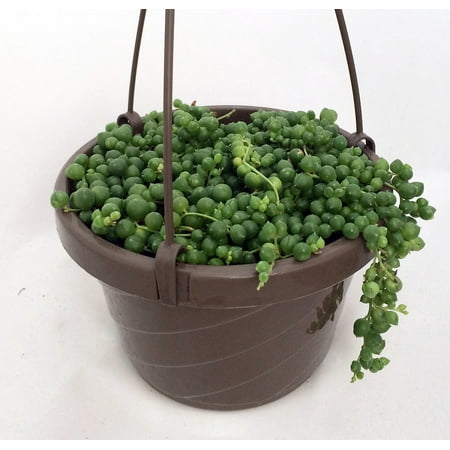


I love Best Indoor in Pakistan for office and Room.
ReplyDelete